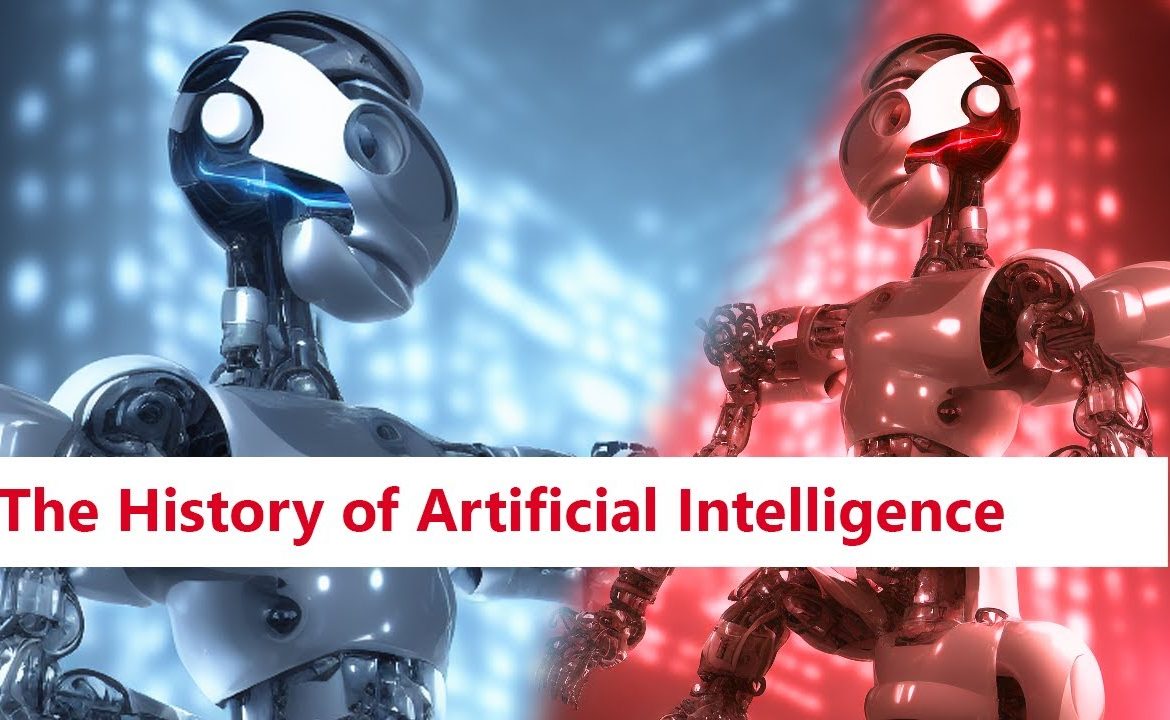Artificial Intelligence (AI) and robotics have evolved significantly over the decades, shaping industries and everyday life. Understanding the historical development of these fields helps us appreciate how far technology has come and where it might be heading.
What is AI and Robotics?
AI refers to the simulation of human intelligence in machines that can perform tasks such as learning, reasoning, problem-solving, and decision-making. Robotics involves designing, building, and operating robots—physical machines capable of carrying out complex tasks, often with the help of AI.
How AI and Robotics Evolved
The history of AI and robotics dates back to ancient times, but modern advancements began in the mid-20th century. Early robots were mechanical devices with limited capabilities, while AI research initially focused on creating machines that could mimic basic human reasoning.
In the 1950s, pioneers like Alan Turing and John McCarthy laid the foundation for AI as a scientific discipline. Turing proposed the famous Turing Test to evaluate machine intelligence, and McCarthy organized the first AI conference in 1956, marking the official birth of the field.
Robotics advanced alongside AI, moving from basic programmable machines to intelligent robots capable of interacting with their environments. In the 1970s and 1980s, AI systems could play chess and solve algebra problems, while robots began appearing in industrial settings.
Key Milestones in AI and Robotics
- 1950: Alan Turing published “Computing Machinery and Intelligence.”
- 1956: The term “Artificial Intelligence” was coined at the Dartmouth Conference.
- 1961: The first industrial robot, Unimate, was introduced on assembly lines.
- 1997: IBM’s Deep Blue defeated chess champion Garry Kasparov.
- 2000s: Service robots and AI-powered virtual assistants started entering homes.
- 2010s: Self-driving cars, advanced medical robots, and AI language models emerged.
Benefits of AI and Robotics
AI and robotics increase efficiency, improve safety in dangerous environments, enhance healthcare, and enable automation across various sectors. They help solve complex problems faster and with greater accuracy.
Limitations to Consider
Despite their rapid progress, AI and robots still face challenges like ethical concerns, data dependency, limited reasoning abilities, and high development costs. Human supervision and ethical guidelines remain essential.
Conclusion
The history of AI and robotics shows a remarkable journey from simple mechanical tools to intelligent systems capable of transforming society. By understanding their evolution, we can better prepare for the opportunities and challenges these technologies will bring in the future.




Leave feedback about this